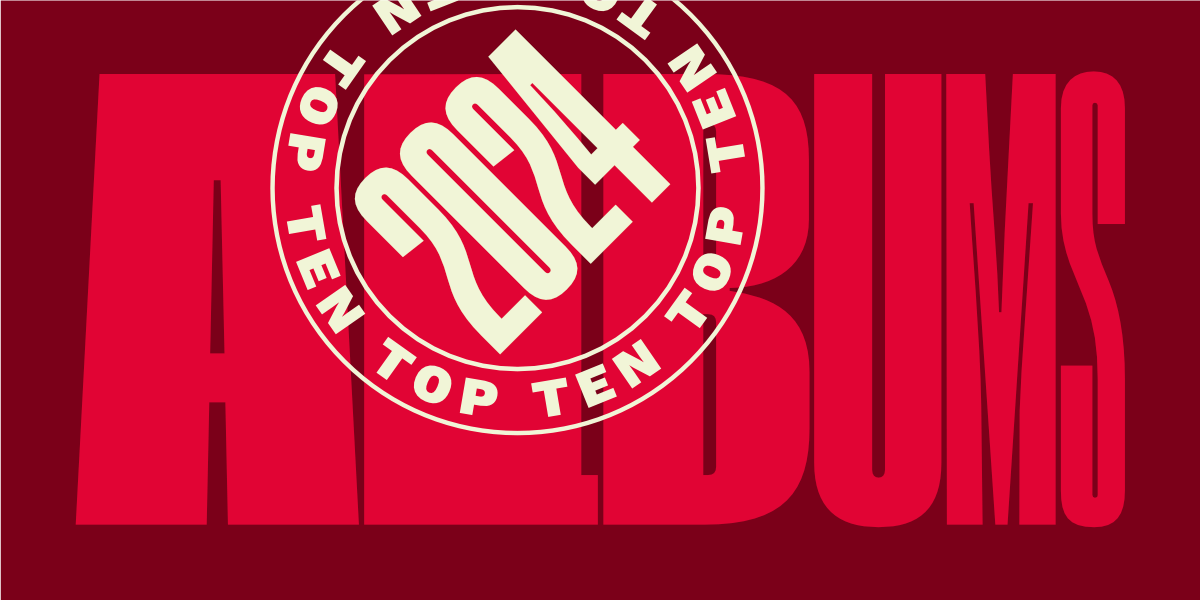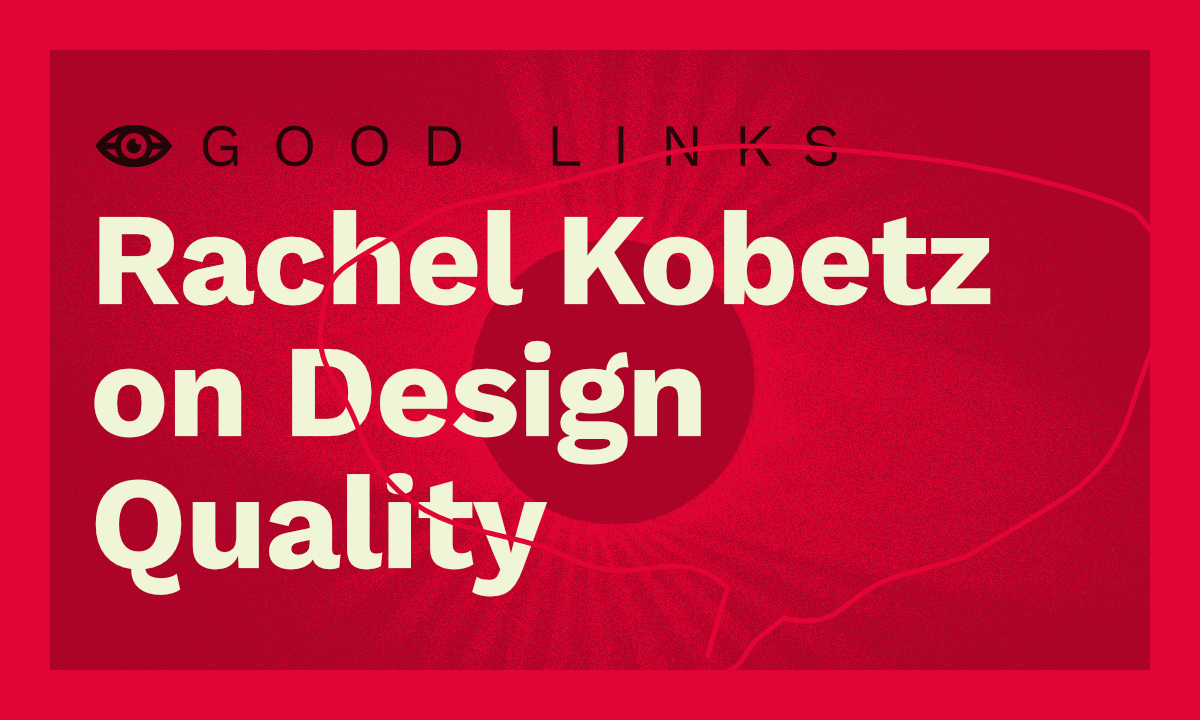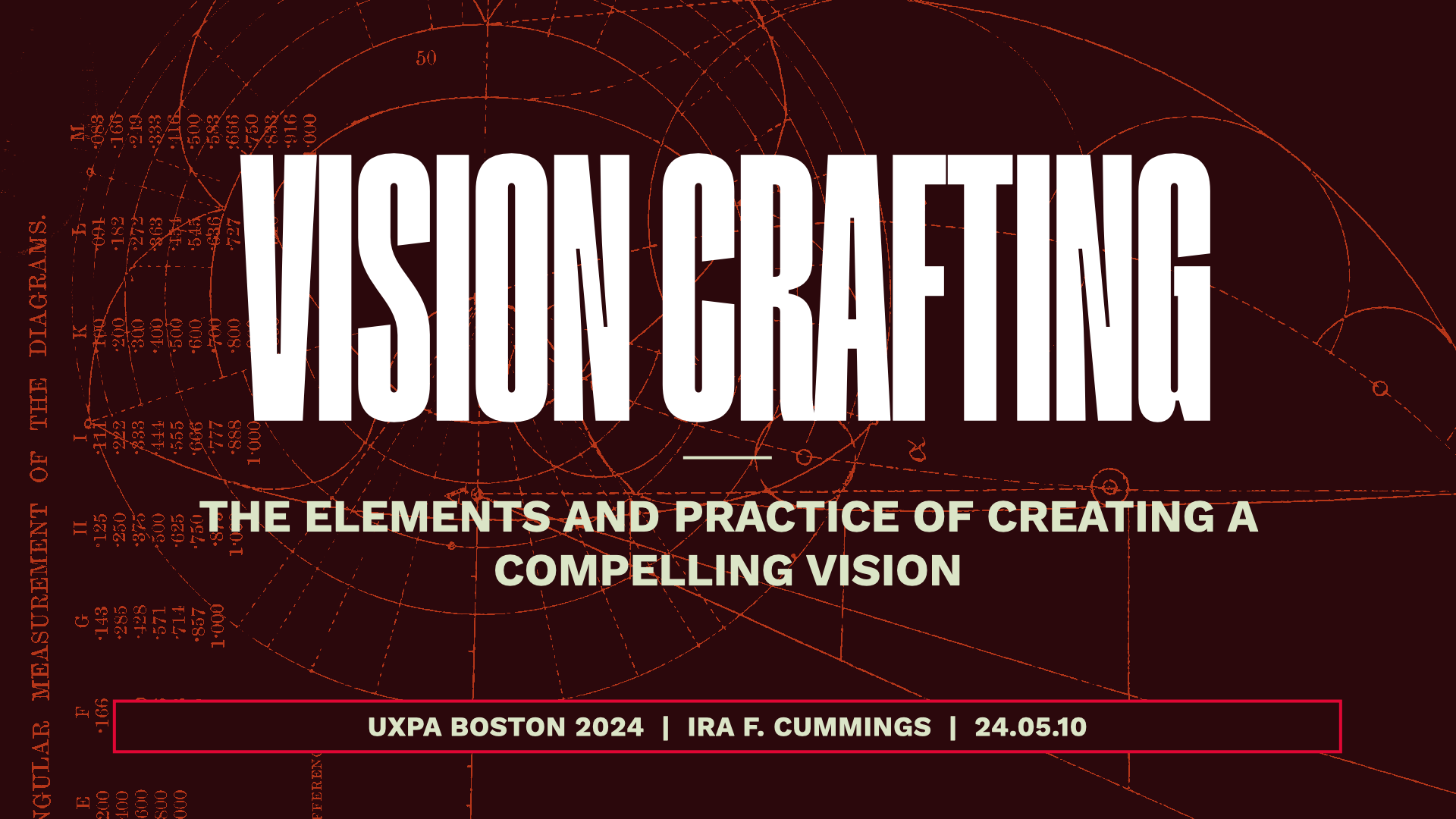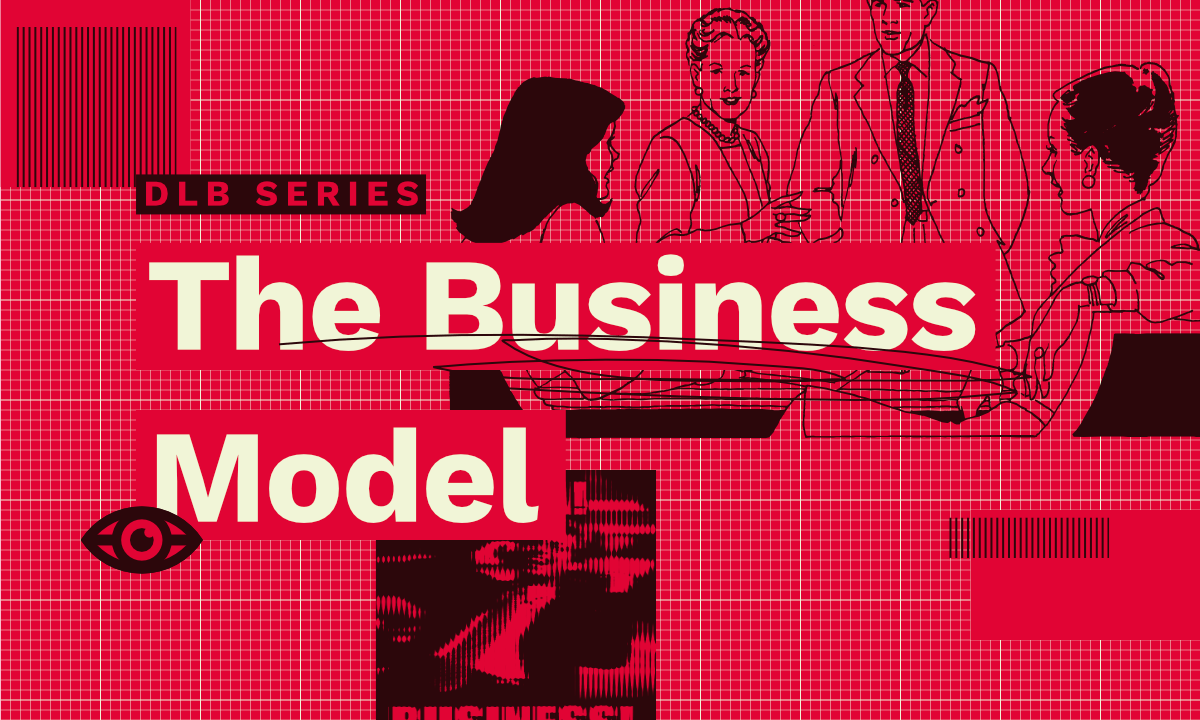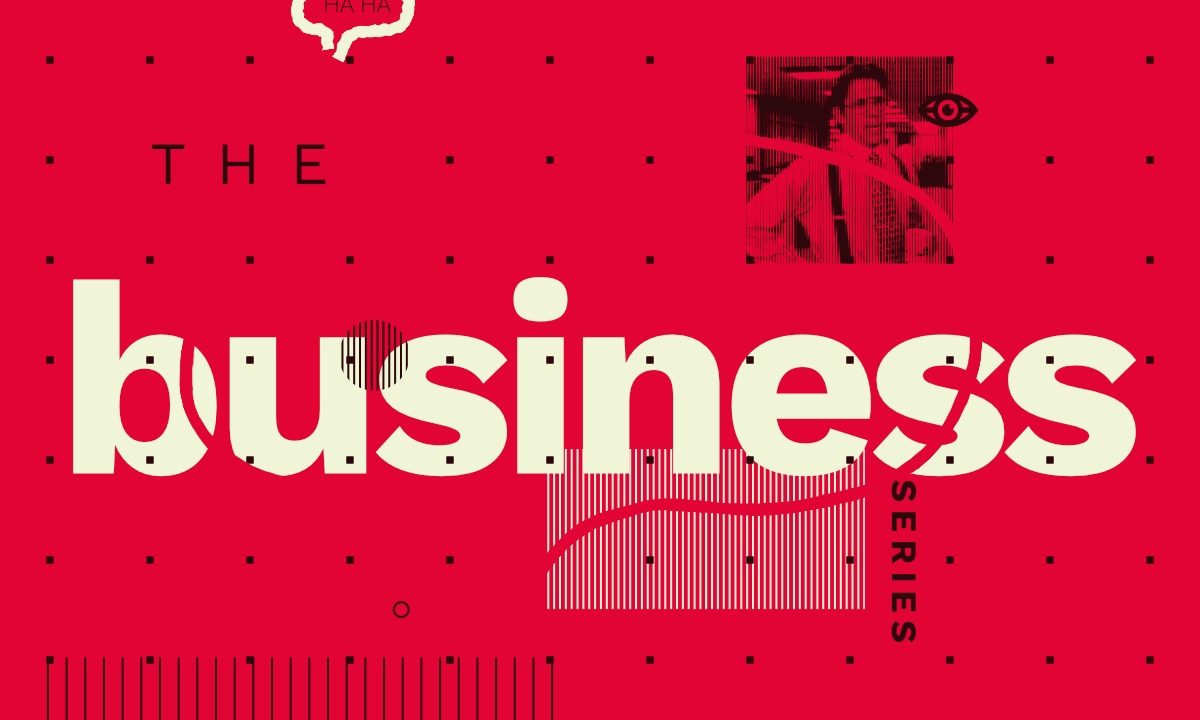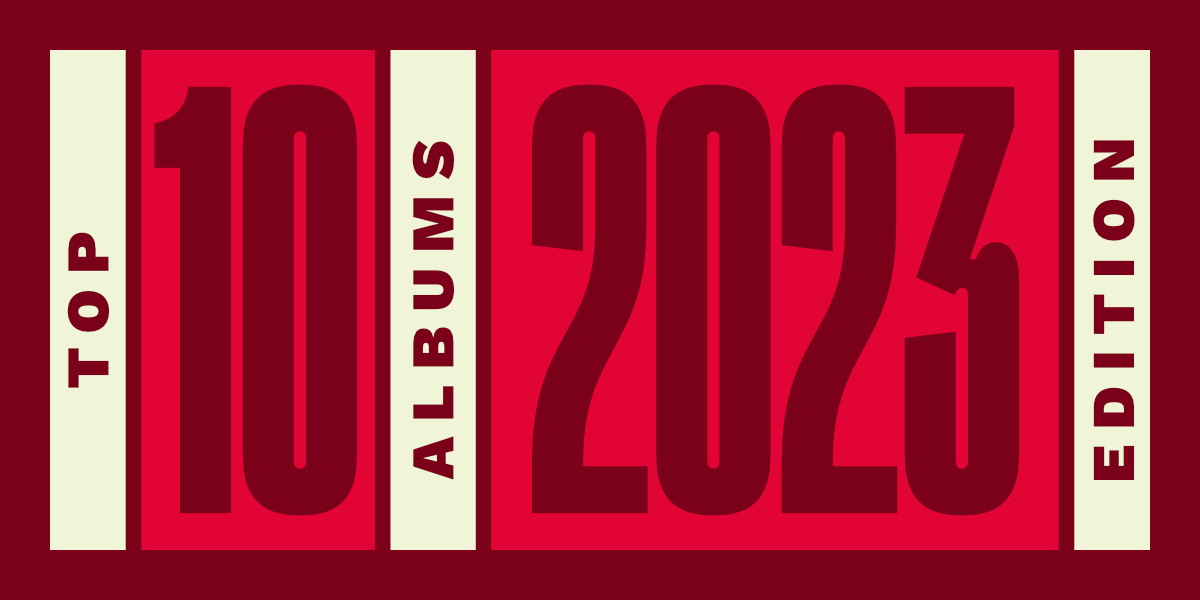I reflect on the sentimental connection they have with music, finding it to be a powerful medium for evoking nostalgia and transporting them to different times and places. They share their favorite album releases …
Quality is often elusive. While it's often relative and has an air of, "I'll know it when I see it," it can still be defined locally. In my time as a design leader, establishing …
I recently had the chance to lead a workshop at the UXPA Boston Conference 2024 on one of my favorite subjects: creating a vision.
This is a post in my A Designer Learns Business series. I will continue to expand the series in the coming weeks and months. When I previously wrote about designers up-skilling in business concepts, …
It’s clear that something is in the air. Every week there are news stories about a tech company laying off 10–15% of their workforce. While the cuts impact the entire business, there is no …
Every year I collect my favorite records of the past year. As tired and clichéd as these lists may be, they're fun for me to do—even if these posts take a hell of a …
I was going to start this list out with my usual musings on the state of the music industry or quality of releases this year. I'll spare you that this time around dear reader, …
This past week I had the distinct privilege of speaking at the UXPA Boston 2022 conference. Each year the conference brings together UX professionals from across the region and country to discuss important topics. …
I tend to keep my eyes open for interesting finds that inspire me in some way when I'm traveling. I'm never looking for material for a specific project, just for visuals that strike a …
Let's establish up front that there were some incredibly strong releases this year. It was a challenging task to narrow this list down to just 10 albums. In fact, this list hovered at 11 …
